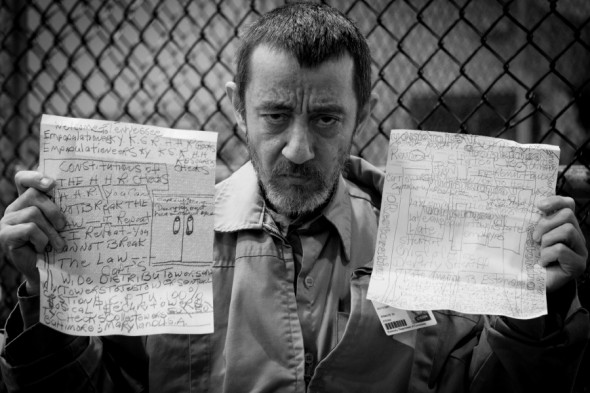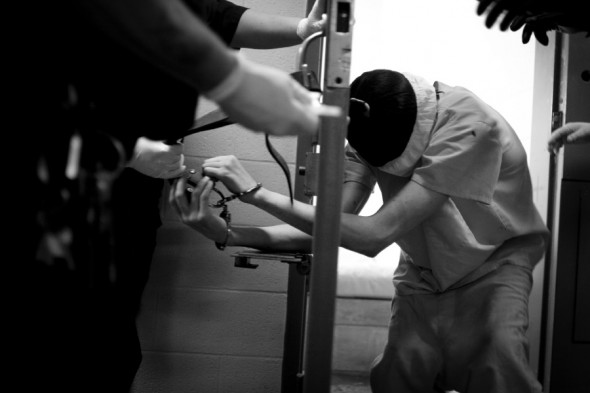Warehousing the Mentally Ill in Jails and Prisons is Criminal
A few weeks ago, there was a lot of buzz about a UPI report that jails are top mental health institutions.
From the article:
New York’s Riker’s Island, Chicago’s Cook County Jail and the Los Angeles County Jail are the largest mental health institutions in the nation, a study found.
Members of the International Association for Forensic and Correctional Psychology say 15 percent of the inmates of those three jails are mentally ill, making penal institutions — not hospitals — the three largest U.S. mental health institutions.
There was a lot of outrage expressed about this fact and rightly so. This is the direct consequence of the de-institutionalization of mental health care in the late 70s through the mid-80s. Many reformers pushed for the closing of asylums and wanted to treat people who suffered with mental illness in the community instead. The sentiment was correct and humane however the resources did not follow as is so often the case with reforms. As such, the mentally ill were abandoned first to the streets to join the ranks of the burgeoning homeless population and now to our jails.
I did not write about this issue when the article was published in mid-July because I needed some time to gather my thoughts and to process what it means to have penal institutions responsible for providing mental health treatment. This issue first came into sharp relief for me when I watched a powerful, infuriating and ultimately tragic Frontline documentary called The New Asylums.
If you haven’t already watched this film, please take one hour out of your day to do so. It lays out the intricacies of the issue of warehousing the mentally ill in jails and prisons. The New Asylums was followed up with an equally good Frontline documentary called The Released which tells the story of mentally ill former prisoners struggling to survive on the outside. Both films are available to be watched for free online. The films humanize this social problem. They make them visceral and accessible to the general public.
Jenn Ackerman & Tim Gruber also put a face to the statistics in their photo essay called Trapped: Mental Illness in America’s Prisons.
They preface their photos by writing:
The continuous withdrawal of mental health funding has turned jails and prisons across the nation into the default mental health facilities. The system designed for security is now trapped with treating mental illness and the mentally ill are often trapped inside the system with nowhere else to go.
They also created an Emmy-winning short film of the same name. Part of which can be viewed below:
Trapped: Mental Illness in America’s Prisons from Ackerman Gruber Images on Vimeo.
It seems clear to me that it is going to take a mass movement of engaged citizens to reverse the tide here. I think that one way to start building power for change is to take these stories, photographs, and films on the road and do some door to door, community by community popular education around all of the issues that link the prison industrial complex. We are beginning to do more of this work here in Chicago and I know that many others across the country are doing the same. Grits for Breakfast recently posted this blog underscoring the terrible situation that the mentally ill in Texas jails are facing. More information is great. We need to pair this with determined and sustained social action in order to change the situation.
As Dr. King said famously about the Arc of the moral universe (CLICK TO LISTEN): “How long? Not Long? because the arc of a moral universe is long but it bends towards justice.”


